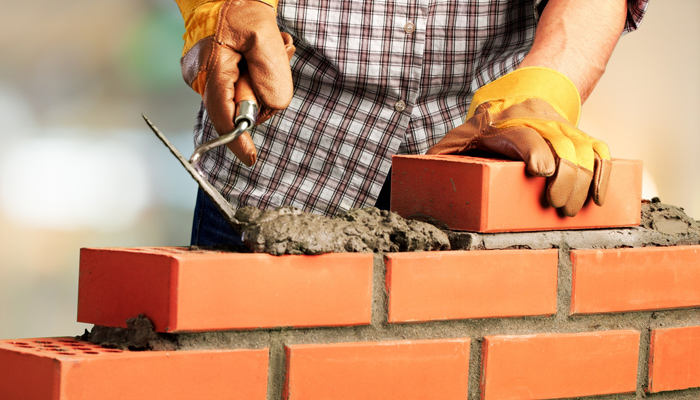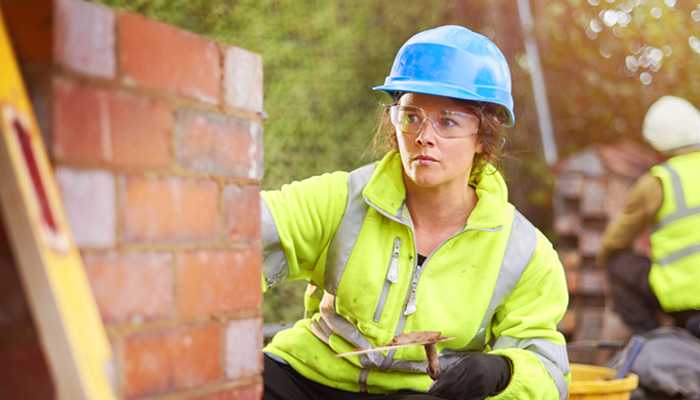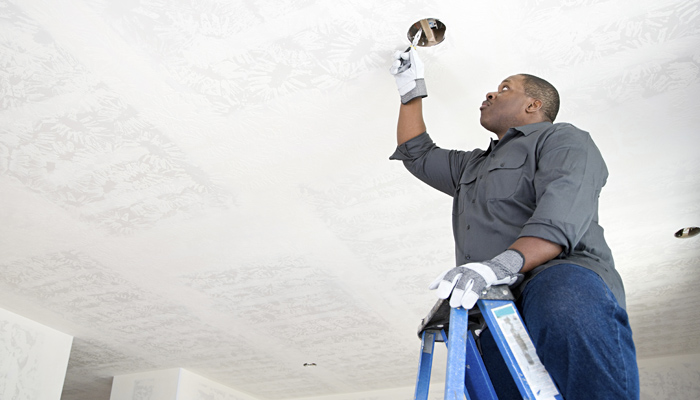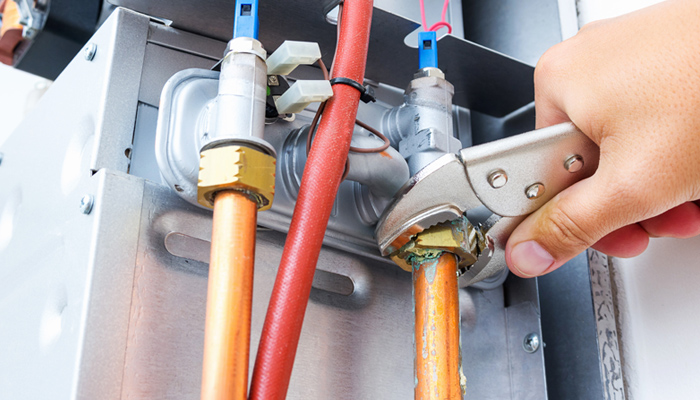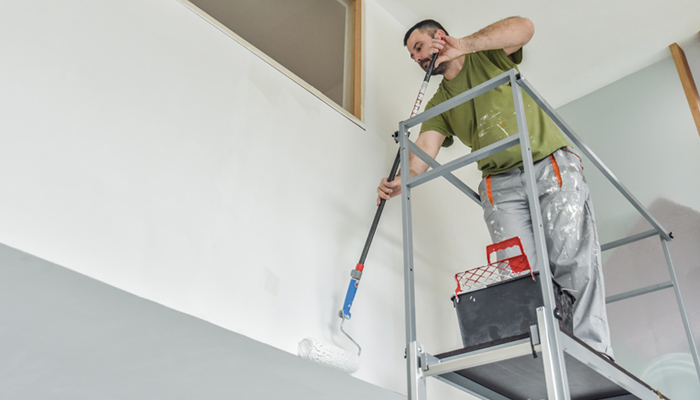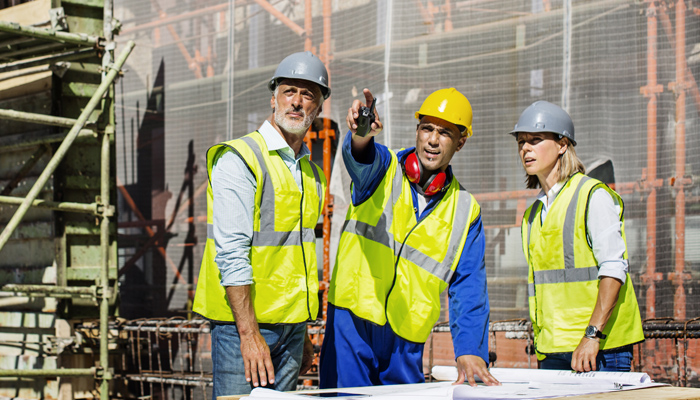Property Rebuild Costs and Rising Inflation
A number of factors have coincided to mean that rebuilding costs have hit record highs and the risk of underinsurance is now greater than ever.
Introduction
As of writing (Q2, 2023), The Building Cost Information Service (BCIS) General Building Cost Index is now sitting at 8.3% after peaking at over 10.0% during 2022. Policyholders cannot ignore the cumulative effect that 2 years of unprecedented rebuild cost inflation has had on the adequacy of sums insured.
Their sums insured have to be adequate for their businesses to survive a major loss. Underinsurance has always been an issue for insurers and policyholders. The ABI suggests 20% of household policies are underinsured whereas various professional valuation services suggest that figure rises to 60-70% of commercial risks due to the complexities of commercial covers.
Common Indicators that you may be Underinsured
- The building has not had a professional valuation within the last three years and/or hasn’t had the appropriate index linking applied.
- The building is listed, made of quarried stone or certain non-standard construction methods.
- The building is in a remote location or with restricted or difficult access.
- The property is finished to a significantly higher standard than normal.
- The property has modern eco-friendly construction or green energy features.
- The Business Interruption indemnity period is only 12 months.
- You haven’t factored in costs for outbuildings, car parks, driveways, gates, fences, boundary walls, paving or lighting.
- You haven’t factored in costs such as professional fees, site clearance or access costs. This could extend the rebuild period which needs to be factored into the Business Interruption cover
Construction costs have hit a 40 year high
According to the Royal Institution of Chartered Surveyors, construction materials costs have hit a 40 year high.
- Material shortages continue to create problems with materials costs averaging over 20% inflation.
- Some materials have seen huge increases such as imported timber (+70%) and structural steel sections (+60%) due to a global increase in construction and supply issues caused by Covid.
- Labour costs continue to rise due to a shortage of labour in the UK construction sector.
- There’s a drive shortage in the UK coupled with increased fuel prices meaning it costs a lot more to distribute building materials which is further driving prices up.
- Rising energy costs have and will continue to push up the costs of producing materials which will be passed on to the customer.
- There’s been substantial increase in demand for building repairs and improvements.
- Lifestyle changes post pandemic and continued home working is causing people to reassess their housing needs.
- Large infrastructure projects such as HS2 have also increased demand for both labour and materials.
Property Insurers have had a tough year
Insurers have been battered by storms Arwen, Dudley, Eunice and Franklin which Moody’s predicted to cost in excess of £400m. On top of such costs and concerns around increasing weather volatility, reinsurance costs have risen significantly and insurers continue to need rate increases in 2023.
The Impact on Policyholders
Policyholders will need to budget for buying more insurance cover if they are to remain properly insured. As well as index linking increases there will be general premium increases which insurers need to remain viable.
More recently, professional revaluations are highlighting that the shortage of materials and labour means that reinstating properties is not only more expensive but is now taking longer.
Extended rebuilding periods means Business Interruption indemnity periods may need to be extended which will mean additional cover has to be purchased.
Date: July 18, 2023




